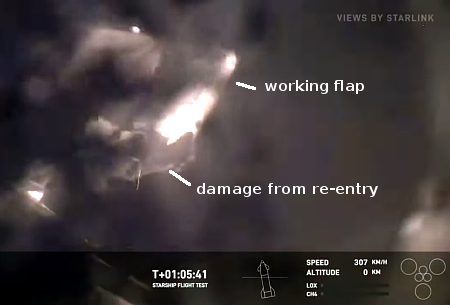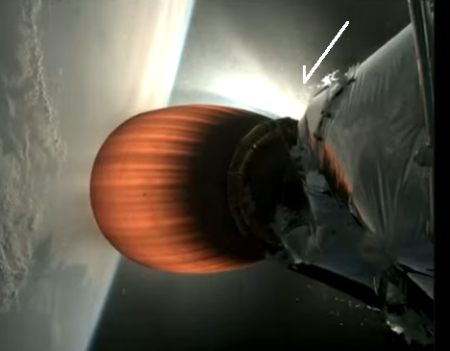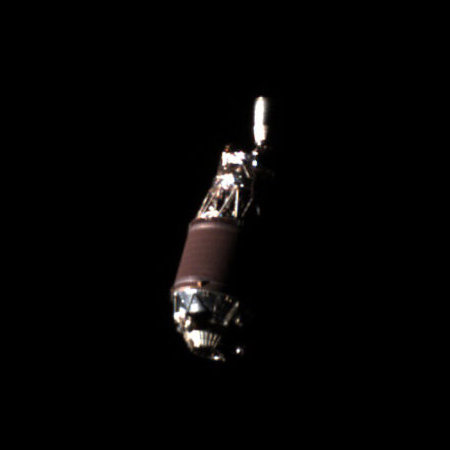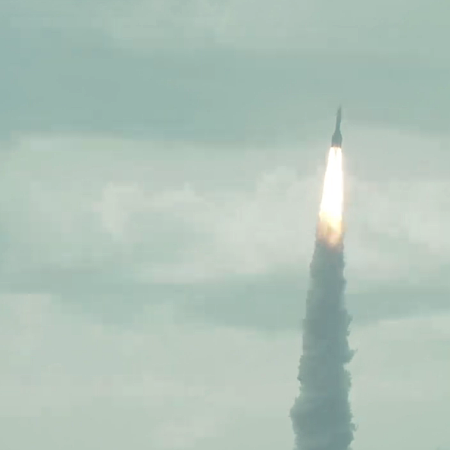FAA to “investigate” SpaceX launch failure
In what appears to be a perfect example of bureaucratic hubris, the FAA announced right after the Falcon 9 upper stage failure on July 11, 2024 that it “is requiring an investigation” and that it “will be involved in every step of the investigation process and must approve SpaceX’s final report, including any corrective actions.” The agency added:
A return to flight is based on the FAA determining that any system, process, or procedure related to the mishap does not affect public safety. In addition, SpaceX may need to request and receive approval from the FAA to modify its license that incorporates any corrective actions and meet all other licensing requirements.
It is difficult to count all the ways this announcement is arrogant and political.
First, why has the FAA made no such similar demands upon Boeing and its Starliner capsule, during any of its three flights, all of which have had serious issues? On the present manned flight, the failure of its thrusters during docking posed a safety issue to the crew then, and poses a clear safety issue to the public when it comes time for the capsule to return to Earth. If those thrusters don’t fire as planned Starliner could crash anywhere.
Yet the FAA has been entirely uninterested. Could it be because Boeing is not owned by Elon Musk, and the Biden administration isn’t demanding the FAA come down hard on it?
Second, does the FAA really think SpaceX wouldn’t do an investigation of the upper stage failure without an order from the FAA? If anything, left to its own devices it is more likely the FAA would do nothing — as it has done with Boeing with both Starliner and the issues that have occurred with both SLS and Orion. SpaceX however will do an investigation without question, because the company takes such incidents very seriously, and always fixes the problem so that it does not pop up again.
Third, there is absolutely no one at the FAA qualified to do this investigation, or to determine if SpaceX’s “corrective actions” are the right choice. These are bureaucrats, not cutting edge engineers. All they are going to do is watch SpaceX’s people do the work, kibitz a bit here and there, and then rubberstamp the conclusions of the company’s engineers, after making SpaceX wait while it retypes SpaceX’s report.
To claim the FAA has the ability to “approve” any engineering actions here is absurd.
Fourth, to threaten to deny SpaceX’s launch license for future Falcon 9 rockets — the most reliable and dependable rocket ever built — illustrates again the partisan nature of this action. The specificity of the agency’s demands here runs very counter to its demands after other past launch anomalies, involving both SpaceX and others. It is as if the agency has gotten orders to do whatever it can to micromanage everything SpaceX does in order to hinder its operation.
I still expect SpaceX to finish its investigation within weeks, and be ready to fly by the end of July, when the Jared Isaacman manned mission is scheduled. I also now expect the FAA to block that schedule and cause an additional several week delay as it slowly retypes SpaceX’s conclusions.
In what appears to be a perfect example of bureaucratic hubris, the FAA announced right after the Falcon 9 upper stage failure on July 11, 2024 that it “is requiring an investigation” and that it “will be involved in every step of the investigation process and must approve SpaceX’s final report, including any corrective actions.” The agency added:
A return to flight is based on the FAA determining that any system, process, or procedure related to the mishap does not affect public safety. In addition, SpaceX may need to request and receive approval from the FAA to modify its license that incorporates any corrective actions and meet all other licensing requirements.
It is difficult to count all the ways this announcement is arrogant and political.
First, why has the FAA made no such similar demands upon Boeing and its Starliner capsule, during any of its three flights, all of which have had serious issues? On the present manned flight, the failure of its thrusters during docking posed a safety issue to the crew then, and poses a clear safety issue to the public when it comes time for the capsule to return to Earth. If those thrusters don’t fire as planned Starliner could crash anywhere.
Yet the FAA has been entirely uninterested. Could it be because Boeing is not owned by Elon Musk, and the Biden administration isn’t demanding the FAA come down hard on it?
Second, does the FAA really think SpaceX wouldn’t do an investigation of the upper stage failure without an order from the FAA? If anything, left to its own devices it is more likely the FAA would do nothing — as it has done with Boeing with both Starliner and the issues that have occurred with both SLS and Orion. SpaceX however will do an investigation without question, because the company takes such incidents very seriously, and always fixes the problem so that it does not pop up again.
Third, there is absolutely no one at the FAA qualified to do this investigation, or to determine if SpaceX’s “corrective actions” are the right choice. These are bureaucrats, not cutting edge engineers. All they are going to do is watch SpaceX’s people do the work, kibitz a bit here and there, and then rubberstamp the conclusions of the company’s engineers, after making SpaceX wait while it retypes SpaceX’s report.
To claim the FAA has the ability to “approve” any engineering actions here is absurd.
Fourth, to threaten to deny SpaceX’s launch license for future Falcon 9 rockets — the most reliable and dependable rocket ever built — illustrates again the partisan nature of this action. The specificity of the agency’s demands here runs very counter to its demands after other past launch anomalies, involving both SpaceX and others. It is as if the agency has gotten orders to do whatever it can to micromanage everything SpaceX does in order to hinder its operation.
I still expect SpaceX to finish its investigation within weeks, and be ready to fly by the end of July, when the Jared Isaacman manned mission is scheduled. I also now expect the FAA to block that schedule and cause an additional several week delay as it slowly retypes SpaceX’s conclusions.















